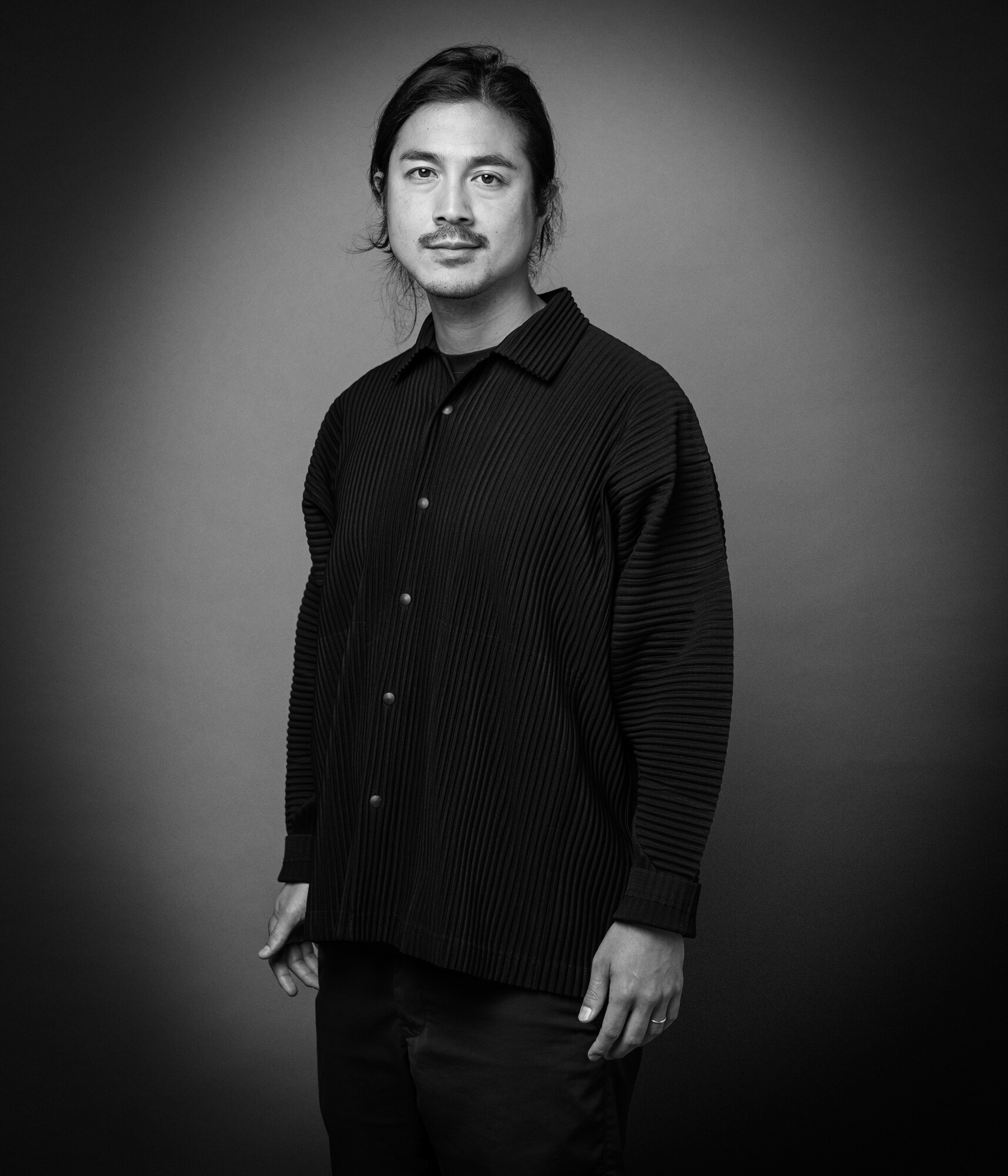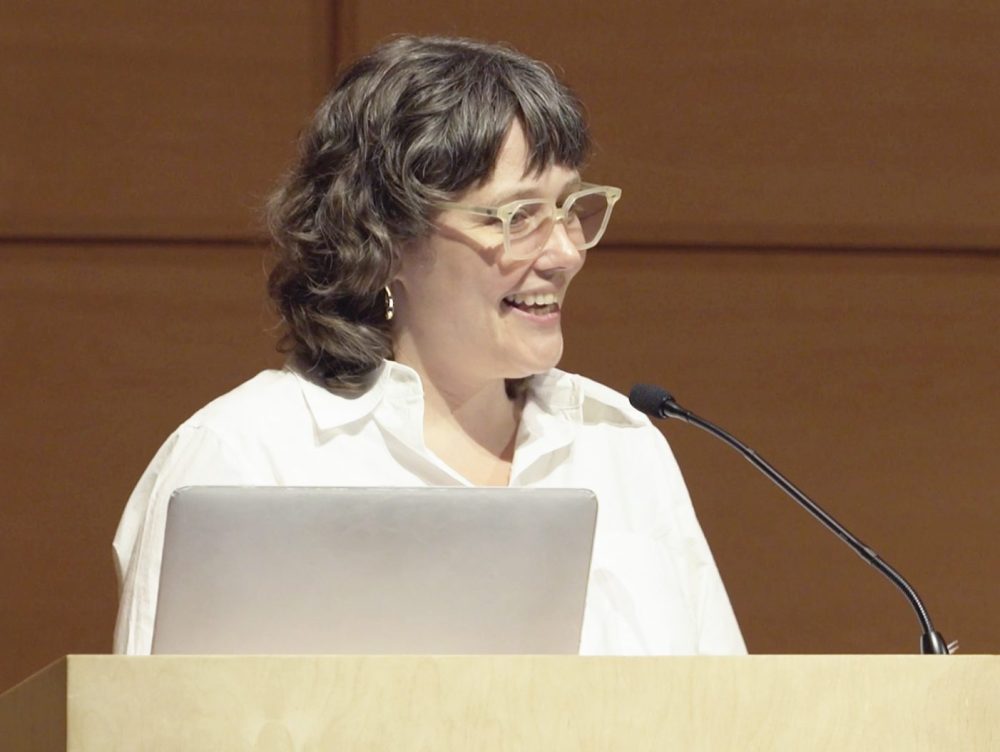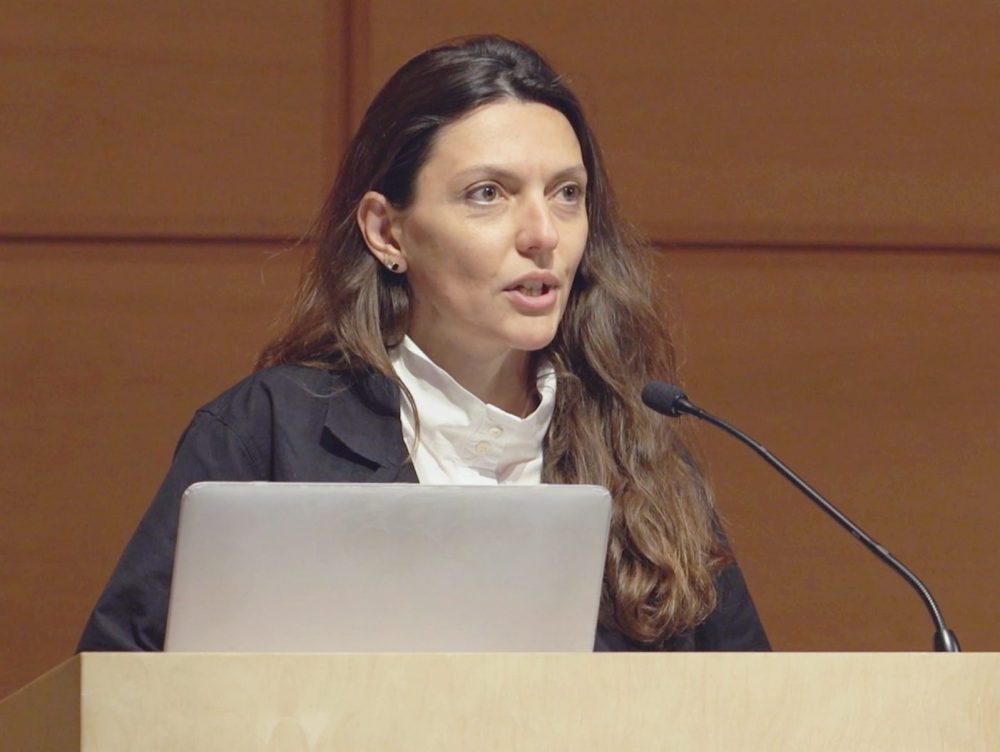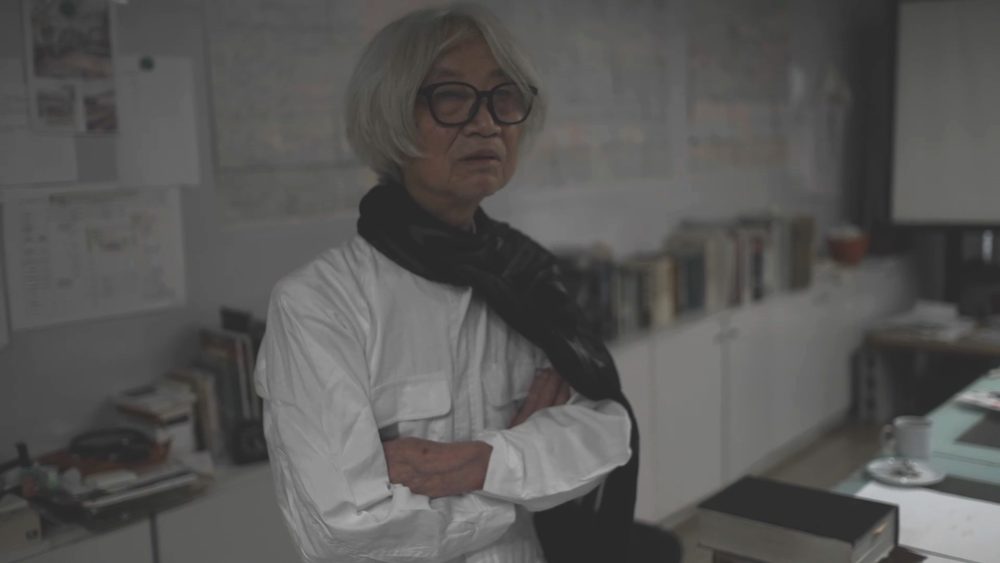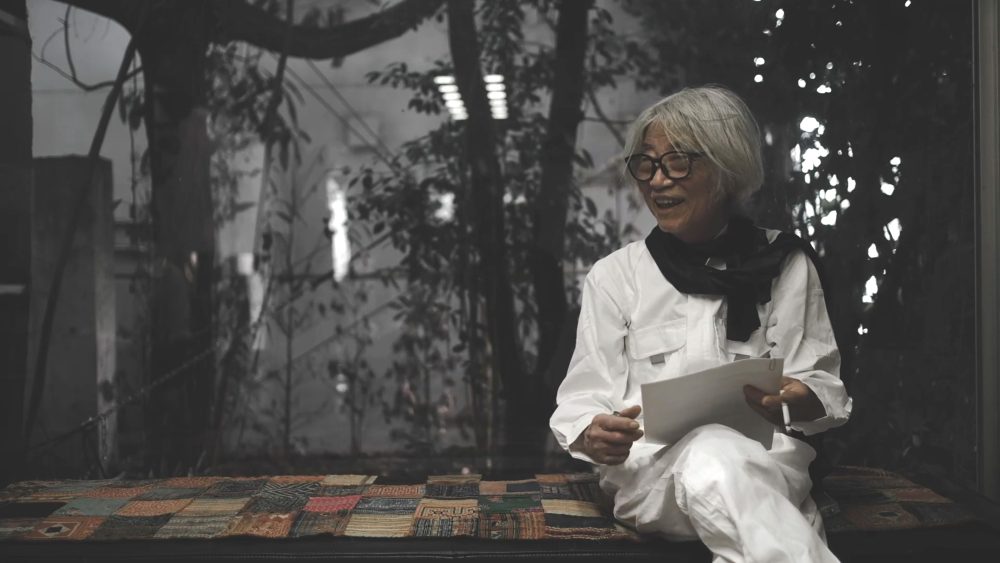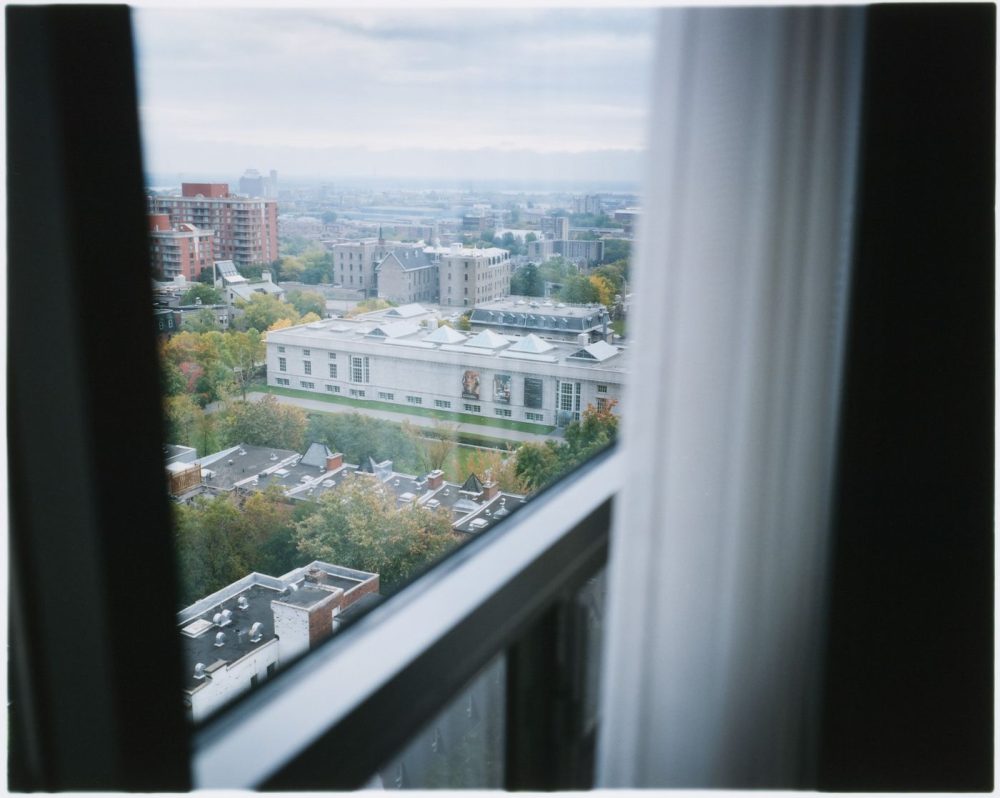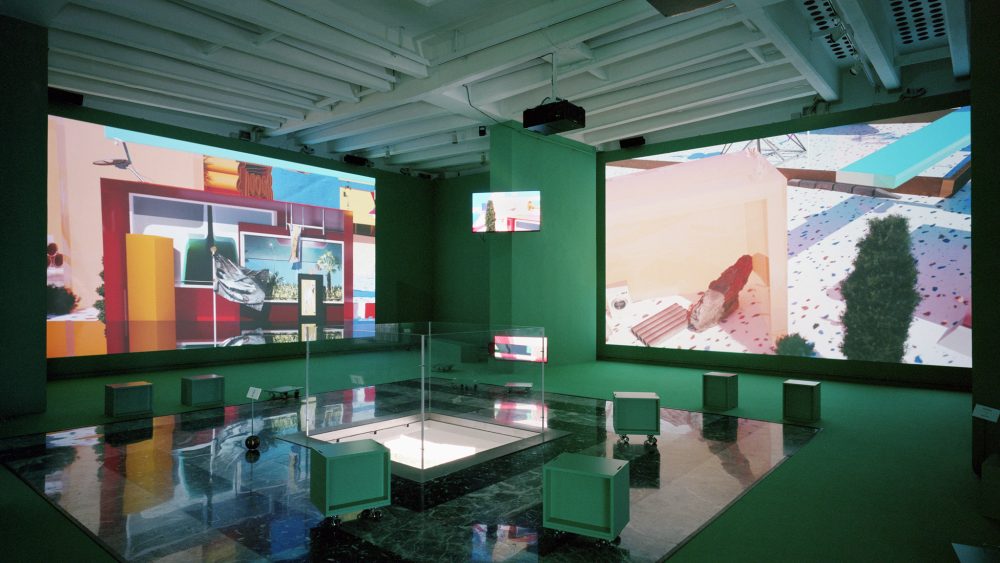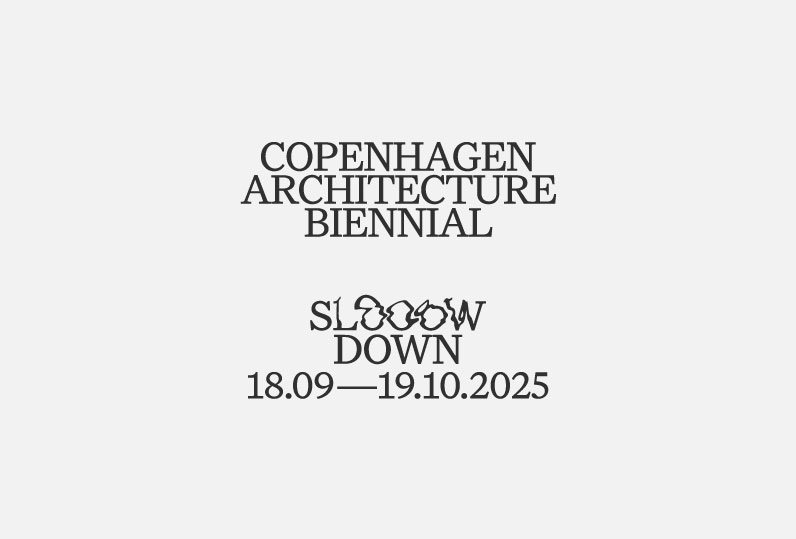Grant Results CCA-WRI Research FellowshipSelected Projects 2024
Salt and Land: Shifting Territories of the Salt Production Sites in the Seto Inland Sea
31 Mar 2025
- Keywords
- Architecture
- History
The Window Research Institute partners with the Canadian Centre for Architecture to offer the CCA-WRI Research Fellowship. In this article, we introduce the research project of Yosuke Nakamoto, one of the 2024 fellows.
Project Overview
The research project investigates the modernisation of the salt industry in Japan’s Seto Inland Sea region and the consequent “metabolic rift,” a concept borrowed from Marx’s critique of capitalist agriculture. This rift refers to the disconnection between natural processes and human production under capitalism and in the case of the salt industry, it manifests as a growing estrangement between coastal communities and the land. The study focuses on the transformation of salt production methods during the 1950s to 1970s, tracing the shift from traditional tidal influx techniques to mechanised processes, such as gravity flow and ion- exchange membrane methods that relied on electrodialysis.
Traditionally, salt acquisition in Japan depended on coastal salt fields and reciprocal trade between coastal and inland communities. These methods were deeply embedded in local maritime culture, connecting human labour with natural cycles. However, as technological advancements took place, particularly in the mid-20th century, these older practices were replaced by more efficient, mechanised systems. The introduction of ion-exchange membranes allowed salt to be produced on a larger scale, leading to the gradual replacement of traditional salt fields with industrial factories.
The research explores the process of land reclamation and the transformation of coastal land use in the Setouchi region, tracing how the once-expanding tidal salt fields were gradually overtaken by industrial development. As salt production became mechanised, physical salt fields along the coast diminished and their land was repurposed for heavy industry. This shift in land usage illustrates the metabolic rift – an estrangement between the coastal landscape and the communities once reliant on it.
Government monopolisation and technological innovation drove these changes, leading to the industrialisation and globalisation of Japan’s salt industry. Once a vital part of maritime culture, salt production became disconnected from its cultural roots. My research seeks to bridge the gap between land and sea, positioning the ocean in the centre viewing the coastline as a cultural- archival site. Japan’s unique archipelagic geomorphology and its state-driven modernisation process have created hard boundaries and fostered adaptation in the margins. By centering salt production in my analysis, viewing it as a critical element in understanding Japan’s environmental and economic transformation, I aim to challenge the dominant agricultural narratives in Japanese environmental history and call for a reevaluation of the country’s coastal history.
Excerpted from the video recording of the Energy Always: 2024 CCA-WRI Research Symposium (August 7, 2024, Montreal)
Yosuke Nakamoto
Yosuke Nakamoto is a practicing architect and a researcher based in Zürich. He teaches architectural design in Studio Adam Caruso at ETH Zürich’s Department of Architecture, where he also conducts research in the MAS program at gta. Originally from Tokyo, studies at TU Wien, Accademia di architettura di Mendrisio and ETH Zürich. He has practiced working for Adolf Krischanitz in Vienna, EMI Architekten in Zürich and Staufer & Hasler Architekten in Frauenfeld. He was a research fellow at the Canada Centre for Architecture in Montreal in the summer of 2024. His research evolves around the cross-cultural exchange of ideas in a range of topics such as folkloric traces in modern society and the consequence of value shifts projected onto the landscape. Recent conference participations include SUDHT at TU Delft, Drawing the Urban at USI Mendrisio, and EAHN at NTU Athens.
